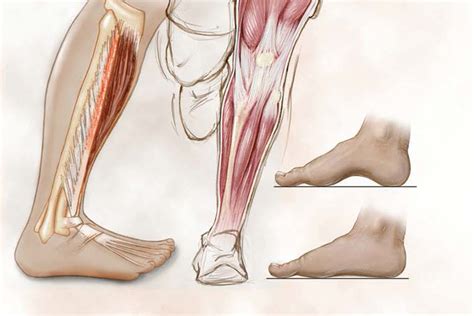How to Deal With Shin Splints: Prevention, Treatment, and Recovery
Shin splints, that nagging pain along the shinbone, are a common ailment for runners, athletes, and even those just starting a new exercise routine. But understanding the causes and implementing the right strategies can significantly reduce your risk and speed up recovery. This guide will walk you through everything you need to know about dealing with shin splints effectively.
Understanding Shin Splints
Shin splints, medically known as medial tibial stress syndrome (MTSS), are characterized by pain along the inner edge of the tibia (shinbone). This pain is caused by inflammation of the muscles, tendons, and bone tissue surrounding the tibia. While often associated with overuse, several factors contribute to their development.
Common Causes of Shin Splints:
- Overuse: Sudden increases in intensity or duration of activities like running or jumping are major culprits.
- Improper Footwear: Inadequate support or worn-out shoes can put extra stress on your shins.
- Flat Feet or High Arches: These foot structures can lead to abnormal biomechanics and increased stress on the shinbone.
- Muscle Imbalances: Weak muscles in the lower leg and feet can contribute to improper weight distribution.
- Inadequate Warm-up: Failing to prepare your muscles before exercise increases the risk of injury.
- Hard Surfaces: Running or exercising on hard surfaces places more impact on your shins.
Treating Shin Splints: A Multi-Pronged Approach
Dealing with shin splints requires a holistic approach that combines rest, treatment, and preventative measures.
1. Rest and Ice:
Rest is crucial. Avoid activities that aggravate the pain. This might mean temporarily stopping running or other high-impact exercises. Apply ice to the affected area for 15-20 minutes at a time, several times a day, to reduce inflammation.
2. Over-the-Counter Pain Relief:
Nonsteroidal anti-inflammatory drugs (NSAIDs) like ibuprofen or naproxen can help manage pain and inflammation. Always follow the dosage instructions on the packaging.
3. Compression and Elevation:
Compression bandages can help reduce swelling. Elevating your leg above your heart whenever possible also helps reduce inflammation.
4. Physical Therapy:
A physical therapist can assess your condition, identify muscle imbalances, and develop a personalized exercise program to strengthen your lower leg muscles and improve flexibility. This often includes targeted stretches and strengthening exercises.
5. Orthotics and Proper Footwear:
Custom or over-the-counter orthotics can help correct foot biomechanics and reduce stress on your shins. Invest in supportive running shoes with good cushioning and arch support. Replace your shoes regularly – worn-out shoes lose their support and cushioning.
Preventing Shin Splints: Proactive Measures
Prevention is key to avoiding shin splints. These strategies can significantly reduce your risk:
- Gradual Increase in Activity: Avoid sudden increases in training intensity or duration. Gradually increase your mileage or workout intensity over time.
- Proper Warm-up and Cool-down: Always warm up your muscles before exercise and cool down afterwards.
- Strengthening and Stretching: Regularly perform exercises to strengthen your calf muscles, shin muscles, and core. Include stretches to improve flexibility.
- Choose Appropriate Surfaces: Opt for softer surfaces like grass or tracks when possible.
- Proper Running Form: Maintain a good running form to minimize impact on your shins.
- Listen to Your Body: Pay attention to any pain and rest when needed.
When to See a Doctor
If your shin splints are severe, persistent, or don't improve with home treatment, it's essential to seek professional medical advice. A doctor can rule out other potential causes and recommend appropriate treatment.
By understanding the causes, implementing effective treatment strategies, and taking proactive measures to prevent shin splints, you can significantly improve your comfort and enjoy your physical activities without pain. Remember, patience and consistency are key to successful recovery and long-term prevention.
